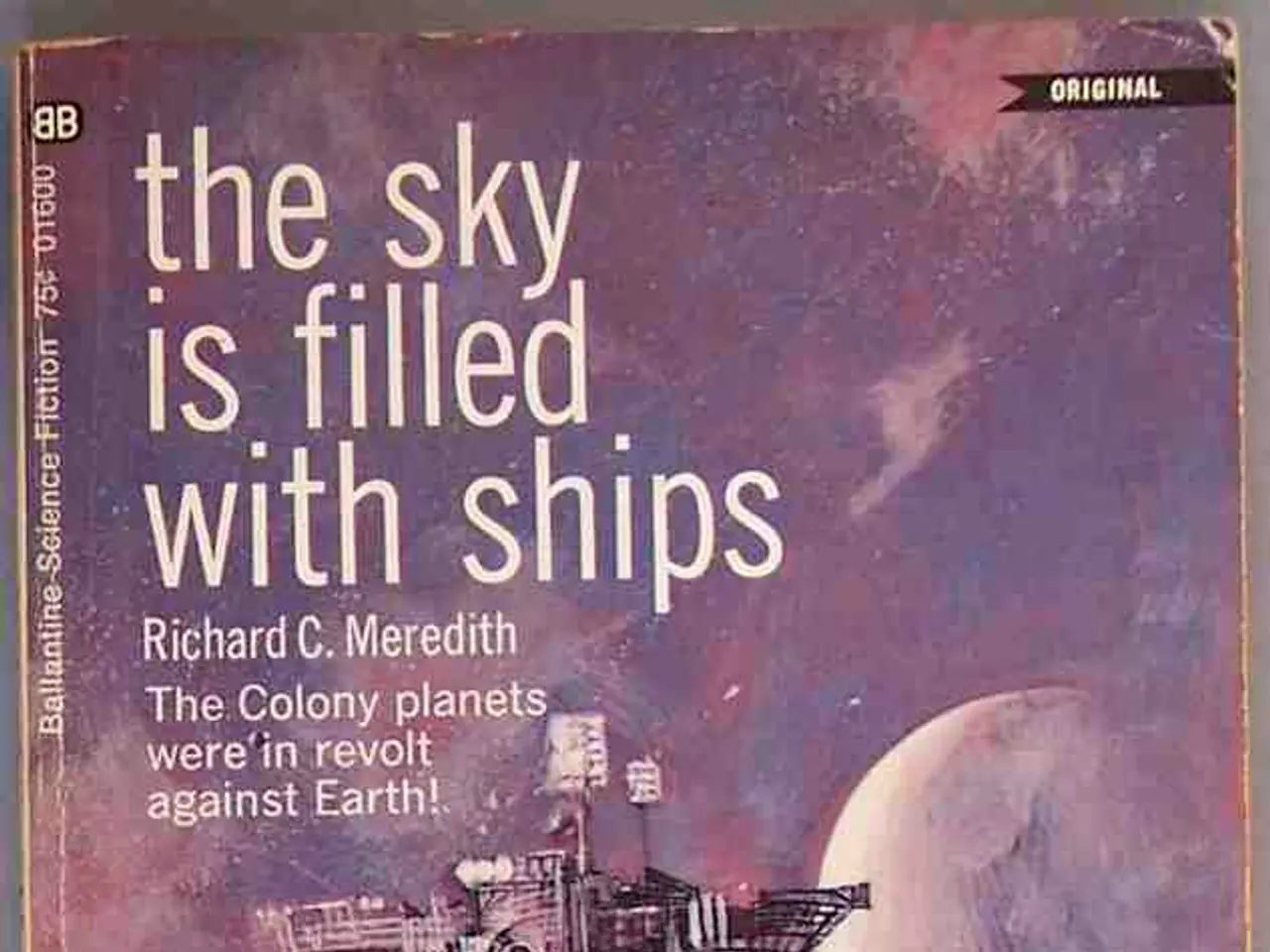Cosmic Image Unveils the Farthest Galaxy Ever Detected, Hailing from Approximately 280 Million Years Post the Big Bang Event
The James Webb Space Telescope (JWST) has made a groundbreaking discovery, detecting the most distant galaxy ever, MoM-z14. This nitrogen-rich galaxy, located approximately 13.4 billion light-years away, offers a rare glimpse into star formation and chemical enrichment in the very early universe, around 280 million years after the Big Bang.
MoM-z14's chemical signature is significant as it suggests the presence of several generations of early stars that had already formed and begun enriching their environment with heavier elements. The galaxy's extreme distance and age make it a vital target for studying early galaxy formation and starburst activity.
The nitrogen enrichment in MoM-z14 points to active and possibly intense star formation processes taking place at this early epoch. This discovery could help astronomers understand the timeline and efficiency of star formation, nucleosynthesis, and gas recycling in the infant universe.
Regarding the connection to 'Little Red Dots' — a term used for faint, distant, early galaxies detected by deep surveys like those done by JWST — studies of MoM-z14 could potentially help understand how these small, early galaxies contributed to cosmic reionization and chemical enrichment. MoM-z14's star-forming activity and chemical makeup could be analogous to or informative about the nature of these Little Red Dots, which are considered building blocks of larger galaxies.
The team of researchers, led by MIT's Rohan Naidu, has posted their findings on the preprint server arXiv and submitted them to the Open Journal of Astrophysics. The discovery of MoM-z14 and other early galaxies has added another wrinkle to the universe's story, offering new insights into the formation of galaxies and the early universe.
Gravitational lensing, facilitated by JWST, is helping astronomers peer deeper into the universe, allowing them to see ancient galaxies that would otherwise be invisible, such as those found near the Abell 2744 cluster.
Moreover, JWST has challenged assumptions about the evolution of spiral galaxies and their intricate structures. For instance, the barred spiral galaxy EGS23205-a, previously seen as faint and featureless by Hubble and JWST, was found to have a clear stellar bar at its center by JWST.
Future observatories like the Roman Space Telescope may reveal even more early cosmic oddities, but JWST has already made significant contributions to our understanding of the early universe. Its infrared gaze exceeds the abilities of the Hubble and Spitzer telescopes to peer so far back in time.
The brightness of MoM-z14 and other early galaxies challenges existing models of how quickly the universe could form stars and galaxies after the Big Bang. This resemblance hints at a continuity in star-forming environments stretching across more than 13 billion years.
The paper on MoM-z14 notes a split among early galaxies between compact, nitrogen-rich sources like MoM-z14, and more disparate, nitrogen-poor ones. The former may define a new class of "Little Red Dots" blazing with clues about the universe's first bursts of star formation.
JWST's discoveries have already rewritten the timeline of galaxy formation, and it is expected to break its own record again soon based on its current pace. The team behind the discovery is optimistic about the future of deep-field astronomy and the understanding of the early universe.
- The James Webb Space Telescope (JWST) has discovered MoM-z14, the most distant galaxy ever found, which is a vital target for studying early galaxy formation and starburst activity.
- The nitrogen enrichment in MoM-z14 suggests active and intense star formation processes, which could help astronomers understand the timeline and efficiency of star formation in the infant universe.
- Studies of MoM-z14 could potentially help understand how faint, distant, early galaxies, known as Little Red Dots, contributed to cosmic reionization and chemical enrichment.
- JWST's discoveries, including MoM-z14, have rewritten the timeline of galaxy formation and are expected to break their own records, offering new insights into the early universe and the future of deep-field astronomy.




